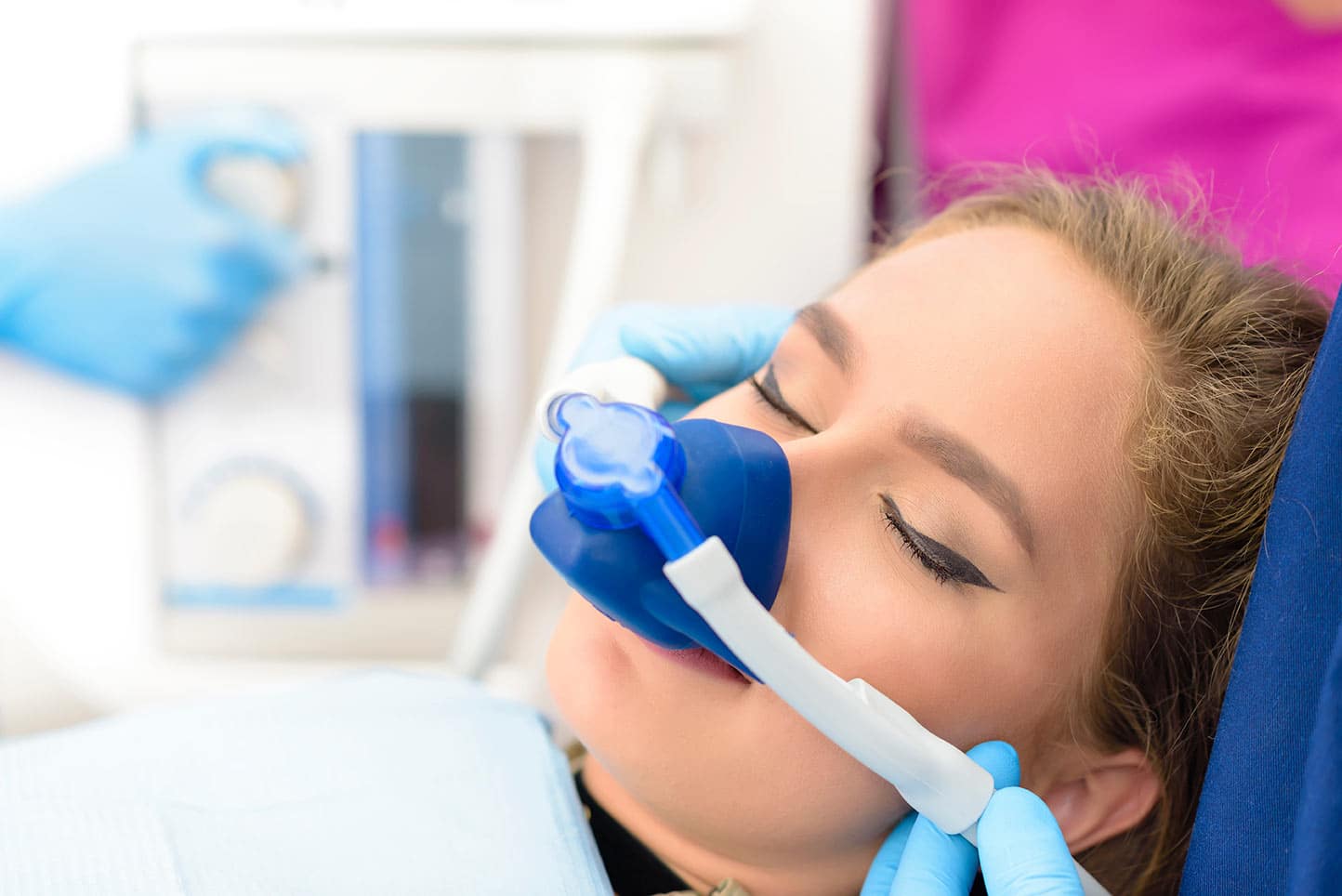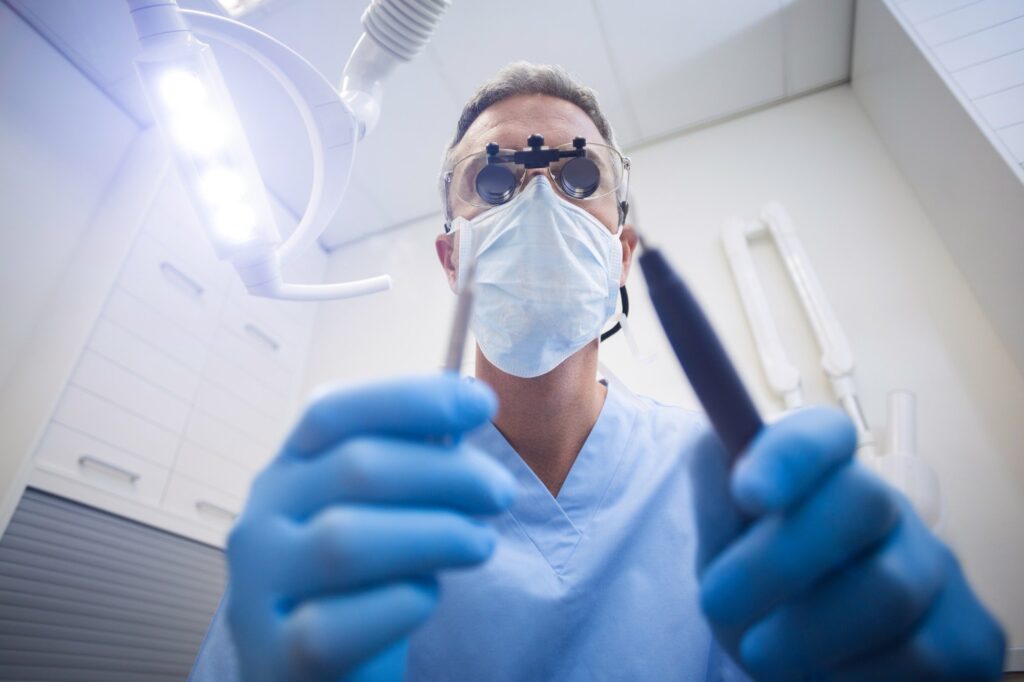Understanding dental procedures can sometimes be daunting, fraught with anxiety and discomfort. But what if there was a way to relieve these feelings, making your dental visit more relaxed? This is where conscious sedation comes in—an approach designed to ease your worries.
You may ask, “how long does conscious sedation last?” It’s a valid question; understanding its duration is essential to your preparation process. Embracing this knowledge not only helps in coping with dental anxiety but also paves the way for a smoother, less stressful procedure.
What Is Conscious Sedation?
Conscious sedation, often used in dentistry, involves administering specific sedative drugs to assist patients in relaxing, regardless of whether they’re undergoing minor or more complex dental treatments. The primary goal of conscious sedation is to attain a state where the patient, although awake, is comfortable and can respond to tactile sensations or verbal instructions.
This allows the patient to stay calm and relatively awake during the procedure, reducing the risk of anxiety or panic while ensuring a level of consciousness to cooperate with the dentist’s instructions. It is a highly beneficial approach to managing patient discomfort and fear during dental procedures.
The Levels of Sedation
The depth of sedation, called levels of sedation dentistry, can be divided into minimal, moderate, and deep sedation.
Level 1: Minimal Sedation
Also known as “anxiolysis,” this level induces a state where the patient is relaxed but fully awake. This suits individuals with mild anxiety and conducts more straightforward procedures, allowing them to comprehend and respond to questions or instructions.
Level 2: Moderate Sedation
This level is often called “conscious sedation,” where the patient is conscious but may not remember much about the procedure. They can still respond to stimuli and maintain their airway independently, making it appropriate for more invasive procedures.
Level 3: Deep Sedation
In this state, the patient is on the edge of consciousness but can still be awakened if needed. Deep sedation is typically used for lengthy, complex procedures where the patient’s comfort is of utmost importance and they have significant anxiety or phobia about dental procedures.
What Are the Benefits of Conscious Sedation?

- Reduced Anxiety. For patients apprehensive about dental procedures, conscious sedation in dentistry can significantly alleviate fear and anxiety. This, in turn, creates a more relaxed and calm environment both for the patient and the oral surgery team.
- Enhanced Comfort. Despite not being completely under general anesthesia, conscious sedation still efficiently manages pain. It increases patient comfort during dental procedures such as root canals, making the experience less distressing.
- Improved Cooperation. The calming effect of conscious sedation allows patients to be more cooperative during the procedure. This type of sedation makes lengthy procedures easier for medical professionals to perform effectively.
- Faster Recovery Time. One of the significant benefits of conscious sedation is its quicker recovery time compared to deep anesthesia. Patients usually return to normal activities within a few hours post-procedure due to fewer side effects, allowing for a less disruptive medical experience.
- Lower Cost. Conscious sedation, available in various forms, such as a pill or IV, is typically less expensive than general anesthesia. Additionally, conscious sedation reduces the risk of elevated blood pressure during the procedure, making the process safer.
- Safer Option. Conscious sedation carries a significantly lower risk of complications, such as respiratory or cardiovascular effects, resulting in a safer experience. This makes it a preferred method by many medical professionals.
- Increased Efficiency. By promoting a relaxed and cooperative patient, conscious sedation allows the healthcare team to work in a less stressful environment. This leads to an increase in the procedure’s efficiency, saving the patient time and discomfort.
- Increased Patient Control. With conscious sedation, patients can respond to instructions or communicate discomfort even during procedures involving the throat or mouth. This control also reduces the gag reflex—a valuable aspect of dental procedures.
- More Memory Loss. Though it may seem contradictory, temporary memory loss is considered an advantage of conscious sedation. Patients often forget unpleasant parts—a great way to ease any potential trauma associated with intense or lengthy medical procedures.
- Better Patient Satisfaction. Conscious sedation dentistry enhances patient satisfaction by ensuring a more comfortable experience. A patient’s medical condition also proves less of a barrier, leading to higher compliance and satisfaction rates, especially for those with health concerns. Consequently, conscious sedation is a critical part of patient-centered care.
How Long Does Conscious Sedation Last?
Typically, the effects of conscious sedation could last from a few minutes to a few hours, depending on the type and dose of medication used. The duration also depends on how quickly the patient’s body metabolizes or processes the medication. Recovery time after conscious sedation varies among individuals, but most patients usually return to regular activities within 24 hours.
It is important to note that driving or operating heavy machinery should be avoided until at least 24 hours after sedation as a safety precaution.
Are There Any Side Effects of Conscious Sedation?
While conscious sedation is generally safe and well-tolerated by most people, like any medical procedure, it does come with potential side effects.
These are the common side effects of conscious sedation:
1. Nausea and Vomiting
Conscious sedation, especially when used in dentistry or oral surgery, can sometimes lead to feelings of nausea. This may be due to the sedation effects on the digestive system, causing an unsettled stomach. In some rare cases, patients may even vomit, particularly if they have a medical condition that makes them more susceptible. Discuss with your medical professionals if you have a history of nausea after medication intake.
2. Temporary Memory Loss
This is another common side effect of dental sedation. Patients often don’t remember the root canals or any other procedure performed under conscious sedation. The memory loss isn’t confined to the procedure; the recall might feel foggy immediately after the recovery time. This should not cause undue worry as it is temporary and specific to the sedation method.
3. Slurred Speech
Although conscious sedation in dentistry allows you to respond to verbal cues, your speech might be slower or even blurred. This is due to the relaxation effect of sedatives. Therefore, having someone accompany you post-procedure is advised, especially if you need to communicate about your medical condition or any comfort levels.
4. Slow Reflexes and Drowsiness
Dentistry-conscious sedation is known to slow down reflexes, including the gag reflex, which becomes crucial in dental procedures. Furthermore, it may induce drowsiness, potentially obstructing you from returning to normal activities immediately following the procedure. For this reason, you should avoid driving or operating heavy machinery for an adequate recovery time.
5. Changes in Heart Rate and Blood Pressure
Although less common, significant heart rate and blood pressure fluctuations can occur as side effects of conscious sedation dentistry. These changes are closely monitored during lengthy procedures to avoid any complications. However, if you have a history of high blood pressure or cardiovascular diseases, these potential side effects need to be thoroughly discussed with your doctor.
6. Altered Pain Responses
Conscious sedation is particularly useful when undergoing painful procedures, given its capacity to alter pain responses. Despite this, in rare instances, a type of sedation might not fully alleviate the discomfort, especially in more complex or lengthy procedures. Consequently, ensuring that your dentist knows your pain threshold can help you choose the right sedation method for a peaceful dental experience.
Experience the Ease of Conscious Sedation: Consult Today
Understanding the phrase “Conscious sedation, how long does it last?” and knowing its effects can help reduce dental anxiety, offering a more pleasant dental visit experience. Whether it’s a complex dental procedure or a routine dental appointment, speaking with your healthcare provider about sedation services can explain to you the most suitable method.
We’re committed to helping you achieve optimal oral health comfortably and efficiently. For more questions on conscious sedation or to book your next appointment, contact us today. Our goal is to enhance dental experiences and improve smiles through painless dentistry.
Frequently Asked Question
How long does conscious sedation last?
The duration of conscious sedation can vary depending on the type and dosage of the sedative used. Typically, the effects can last anywhere from 30 minutes to several hours, allowing patients to remain relaxed during their dental procedures. It’s crucial to discuss with your dentist the specific duration you can expect based on your treatment plan and the sedative administered.
What are the benefits of conscious sedation in dentistry?
Conscious sedation offers several benefits, especially for patients who experience anxiety or discomfort during dental visits. It helps in reducing fear and anxiety, minimizing pain perception, and can make long or complex dental procedures more tolerable. Additionally, it enables patients to remain conscious and responsive, which can be advantageous for communication with the dentist during procedures.
Are there any side effects of conscious sedation?
While conscious sedation is generally safe, some patients may experience side effects such as nausea and vomiting. It is important to inform your dentist of any existing medical conditions or medications you are taking, as these can influence the risk of side effects. Your dentist will provide detailed guidance on what to expect and how to manage any potential side effects.


